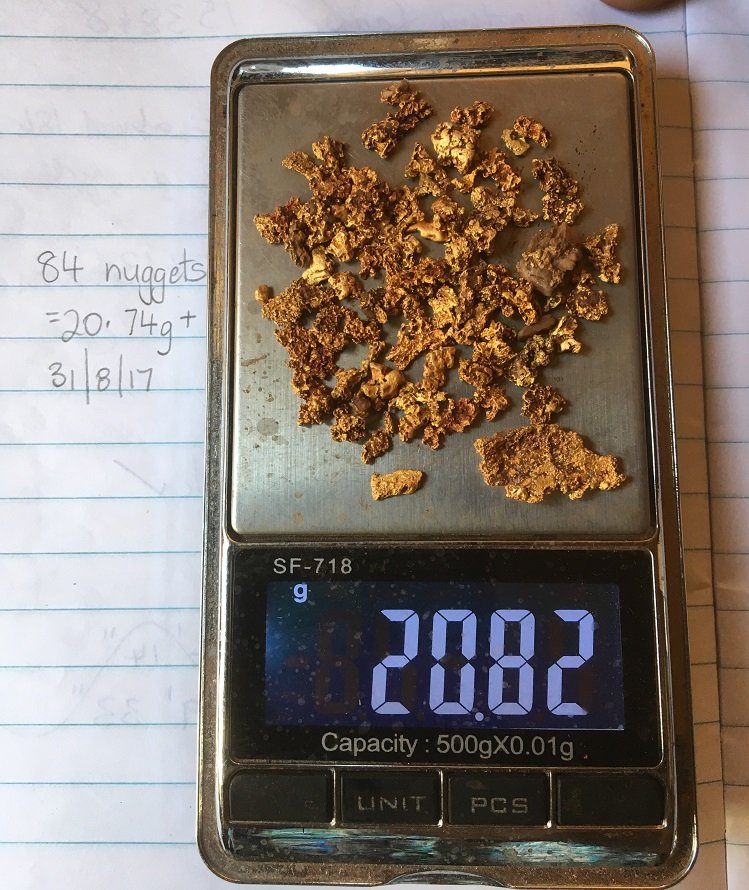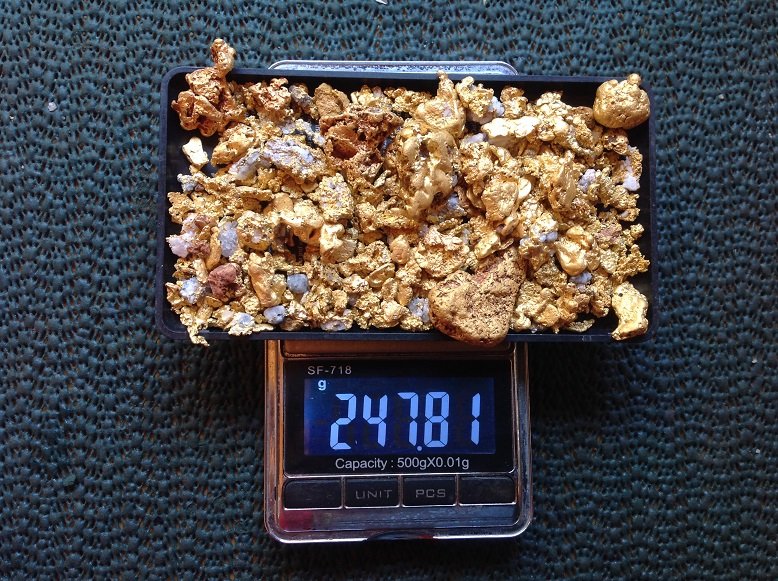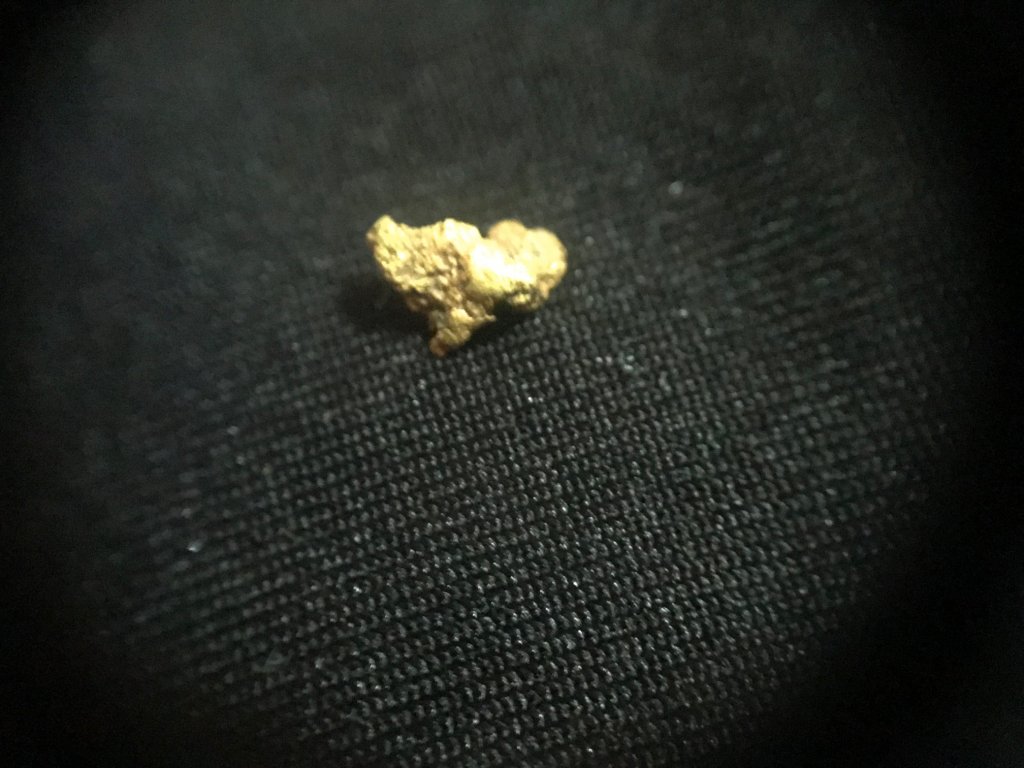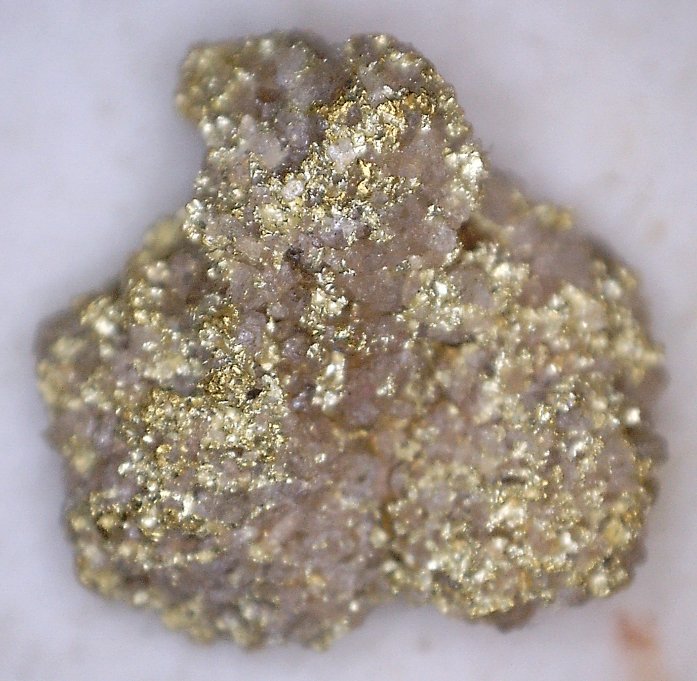Moneybox
Philip & Sandra Box
In my opinion it has little to do with the detector. It's all in the form of the gold. This is not alluvial gold even though Liz found it in a river it is best described as elluvial gold. We've found a couple of patches of it recently.
https://www.prospectingaustralia.com/forum/viewtopic.php?id=21526&p=2
This patch was so difficult that we got the Jackwinder out to extract the gold that we was sure was there.
The gold is very sharp so you'd expect it to go off like a bit of wire but the GPX just ignores it and the SDC only picks up the bigger bits. The GPZ7000 has the same problem. It was not detectable with the GPX4500 and even though the SDC found some it was only bigger bits over 0.2g when the SDC is quite capable of finding alluvial gold 1/10th of that size.

This gold averaged 0.25g each. I doubt that's all that was there but that's as small as the SDC would detect and the GPX4500 only found the largest one at 1.95g.

Quite a lot of this gold was the same. We only got the bigger bits with the GPX4500 and the SDC failed to get anything very small as it usually would. You can see that there's a lot of rock still stuck to the gold becuse it hasn't been cleaned by alluvial action.
https://www.prospectingaustralia.com/forum/viewtopic.php?id=21526&p=2
This patch was so difficult that we got the Jackwinder out to extract the gold that we was sure was there.
The gold is very sharp so you'd expect it to go off like a bit of wire but the GPX just ignores it and the SDC only picks up the bigger bits. The GPZ7000 has the same problem. It was not detectable with the GPX4500 and even though the SDC found some it was only bigger bits over 0.2g when the SDC is quite capable of finding alluvial gold 1/10th of that size.

This gold averaged 0.25g each. I doubt that's all that was there but that's as small as the SDC would detect and the GPX4500 only found the largest one at 1.95g.

Quite a lot of this gold was the same. We only got the bigger bits with the GPX4500 and the SDC failed to get anything very small as it usually would. You can see that there's a lot of rock still stuck to the gold becuse it hasn't been cleaned by alluvial action.





